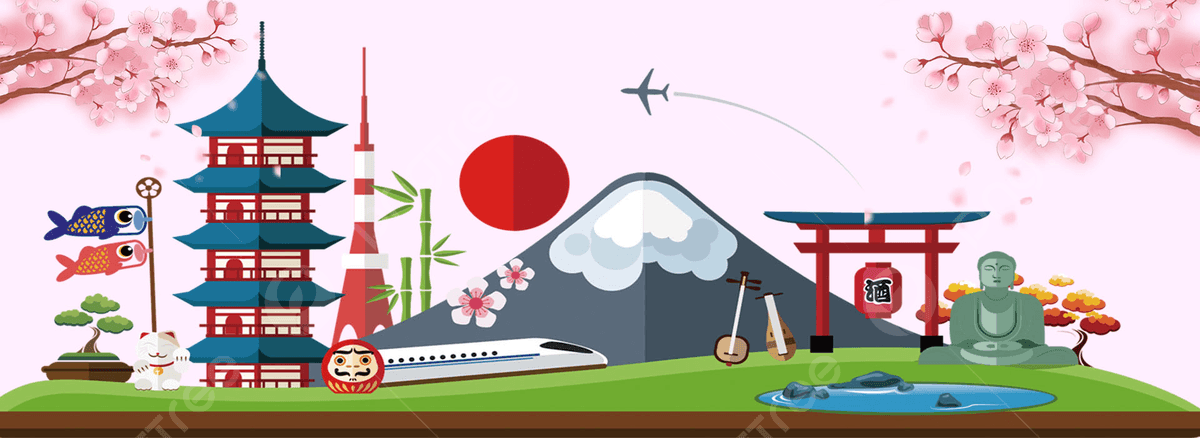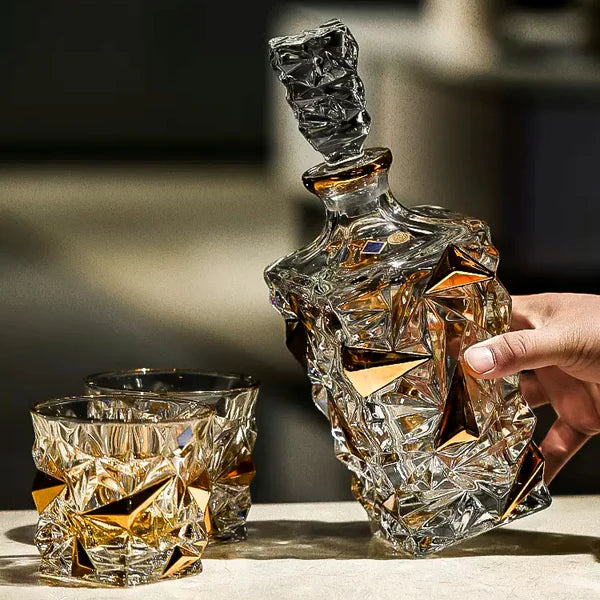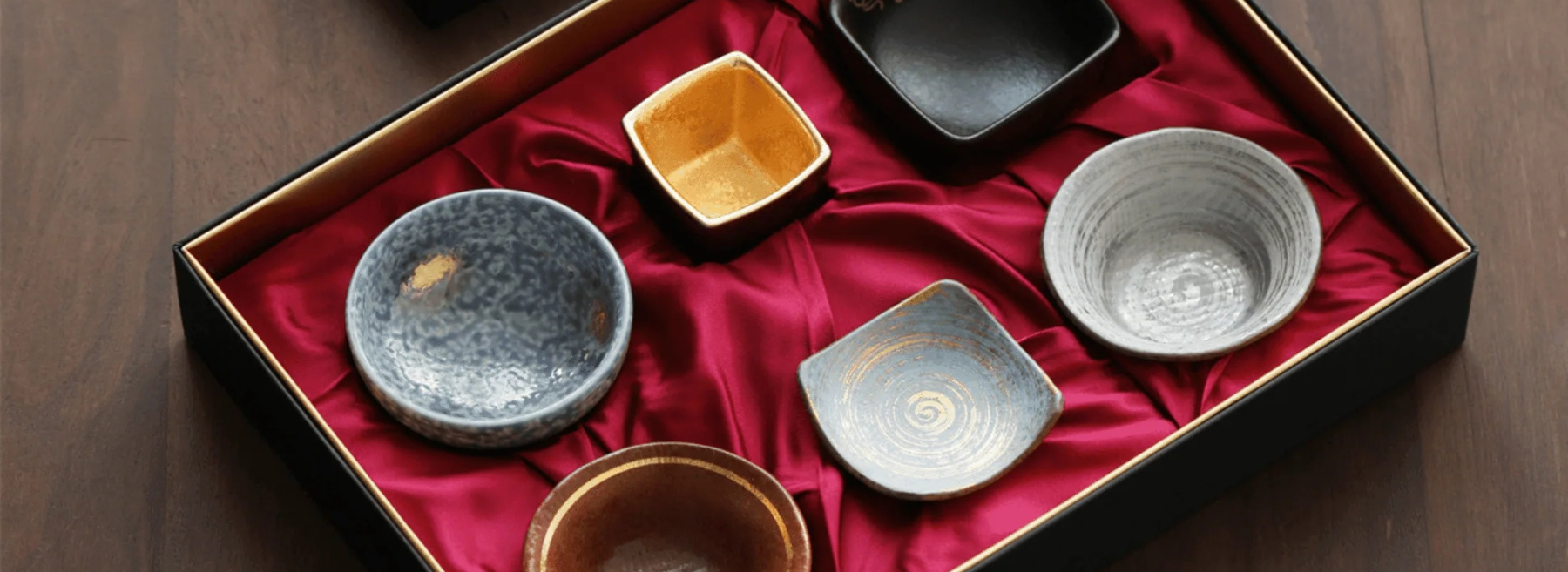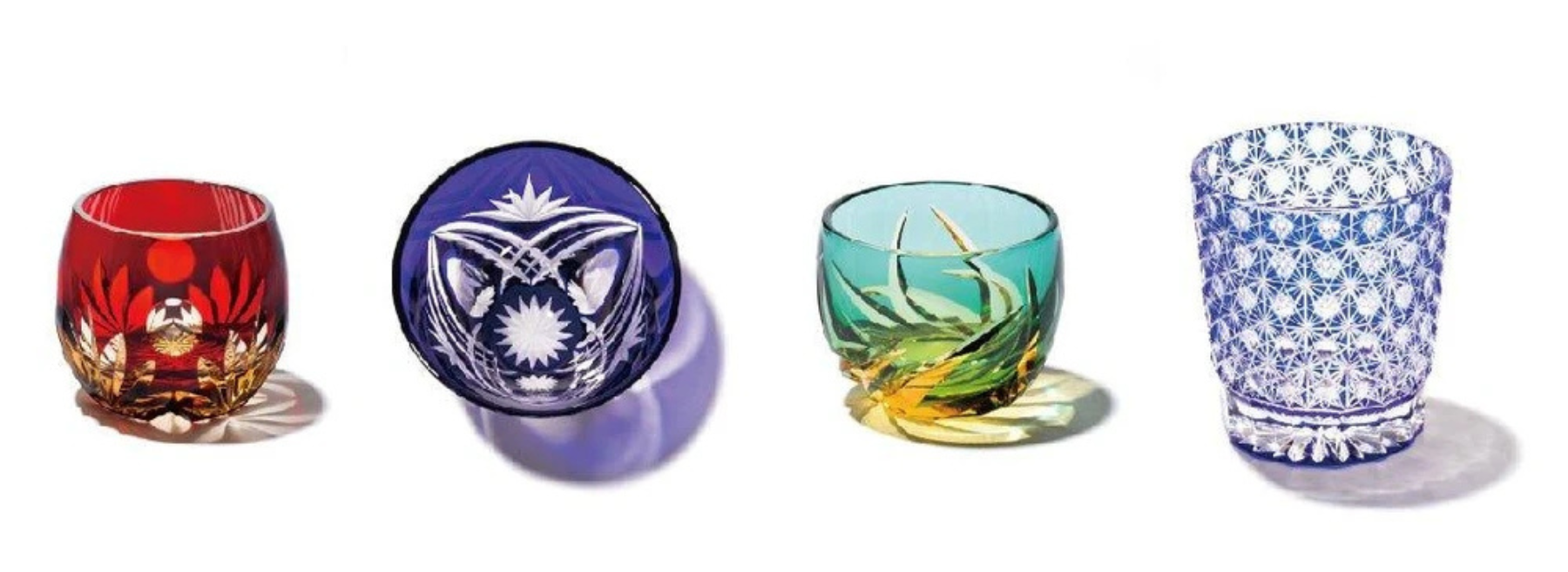
The Beauty of Japanese Handcrafts

Arita Ware 有田焼
Mino Ware 美濃焼
Mino ware is produced in Tono, Gifu Prefecture, and Toki City, Gifu Prefecture, known as the "No. 1 Ceramic Production Area in Japan", is the center of its development. Its roots can be traced back to 1300 years ago, and it is a kind of ceramic ware with various characteristics such as its ability to highlight the texture of the earth and its very modern design.
Seto Ware 瀬戸焼
Ceramics produced around Seto City, Aichi Prefecture, are known as "fired products using the oldest glaze" in Japan. The general term for ceramics is also called "SETO MONO" in Japanese. From this name, it can be seen that Seto has been the production area of fired products since ancient times, and the fired products produced in Seto are inseparable from people's lives.
Hasami Ware 波佐見焼
Hasami ware is produced in the area of Hasami-cho, Hachi-gun, Nagasaki Prefecture, and has a history of more than 400 years. It is characterized by convenient use and a very affordable price, which is affordable by ordinary people. Therefore, the history of Hasami ware has also changed with the living habits of different eras. In recent years, there have been more and more Hasami ware with a strong sense of design, and it is deeply loved by young people.
Kyoto Ware 京焼/清水焼
Kyoto ware, also known as Kiyomizu ware, is produced in the ancient capital of Kyoto as its name suggests. It has been one of the traditional crafts representing Kyoto since the Edo period. Its diverse appearance is described as "dazzling flowers", but the slender and elegant techniques are its common characteristics, which can always add a lot of luxury to the dining table.
Shigaraki ware 信楽焼
Shigaraki ware is produced in Shigaraki Town, Shiga Prefecture, and is a representative pottery of the Kinki region. During the firing process, the iron in the soil is oxidized to present the unique Japanese "Wabi-Sabi" beauty. In addition to being used as tableware, Shigaraki is also often used in decorations such as vases, tiles, and interior design. It has a wide range of uses.
Banko Ware 萬古焼
Banko ware is produced in Yokkaichi, Mie Prefecture. Its biggest feature is its superior heat resistance. It is most famous for its casserole and teapot. It is worth noting that 80% of casseroles in Japan are made of banko ware, and the longer it is used, the more the flavor of the ingredients will be brought out.
Tokoname ware 常滑焼
The production area is centered in Tokoname City, Aichi Prefecture, and basically no glaze is used when firing. However, because the firing temperature is very high, it has a certain strength even though it is plain fired. Tokoname ware is most famous for teapots.
Kutani Ware 九谷焼
Kutani ware produced in the southern part of Ishikawa Prefecture is, simply put, brightly colored, boldly drawn, and very attractive pottery. In addition to daily necessities, there are also many works of art, and it is a baked product that has many fans all over the world.




